7Hz Aurora Hybrid IEM – Rainbow of Driver Tech
7Hz Aurora is a $399 USD pair of IEMs from Linsoul, with a large and heavy shell, colorful design, and with one Dynamic Driver, One Planar Magnetic Driver, and two Balanced Armatures. Today we will dive into the world of sound and music created by the Aurora, and compare them with other IEMs, including Campfire Cascara (499 USD), Westone Mach 40 (600 USD), and HIDIZS MS5 (399 USD).
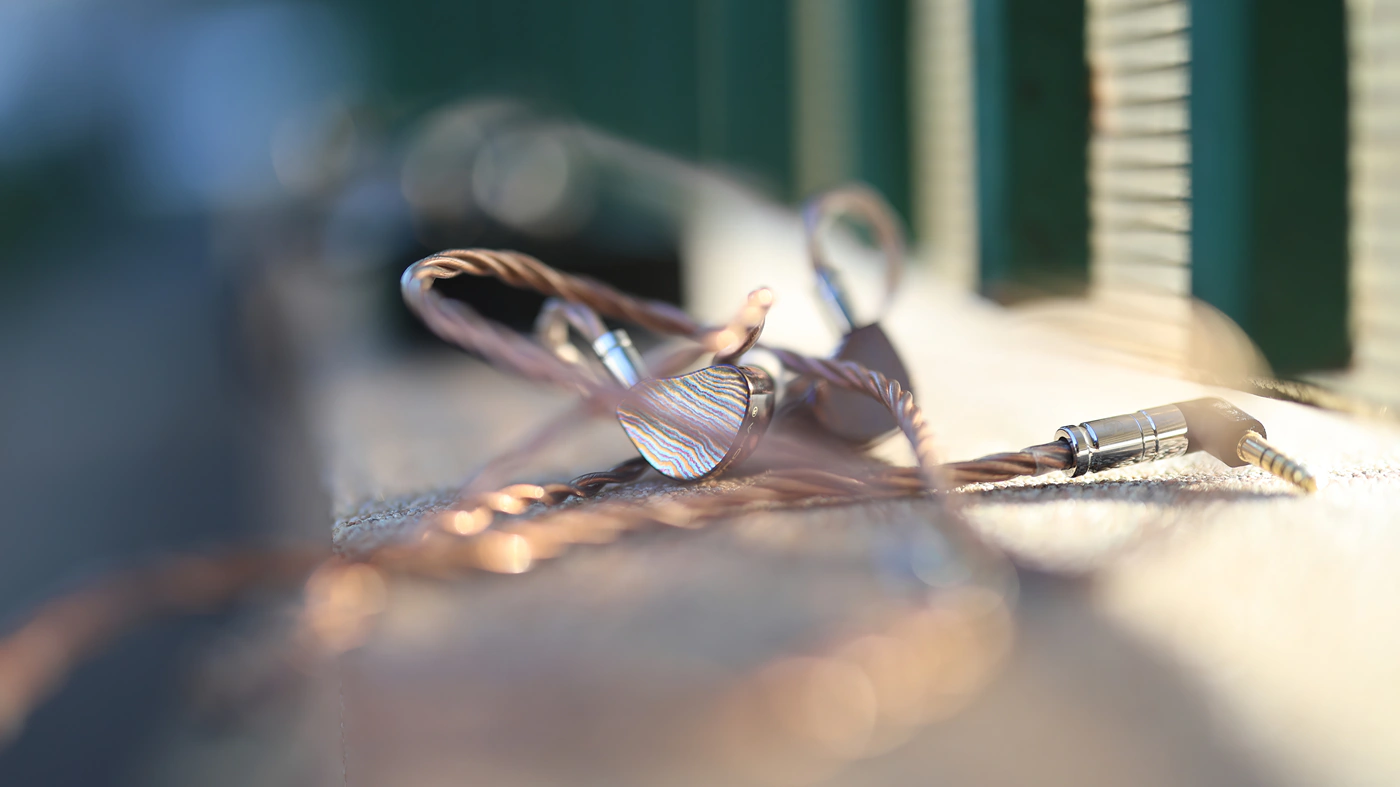
Introduction
This is not the first time I am reviewing an IEM from 7Hz or Linsoul, and 7Hz is by now a brand from China creating IEMs, best known for entry-level IEMs, but also having created some interesting sounds that quickly became the flavor of the month in the past. Linsoul has been doing an excellent job at distributing Chifi IEMs, and it is one of the best shops you can purchase from, also available on Amazon. As an Amazon Influencer, I earn from qualifying purchases, and using the purchase links in my reviews helps me maintain this website and Youtube Channel. Linsoul has provided the sample for this review, in exchange for my honest opinion.

PROs – Extreme resolution, clarity and technical ability for the price point, very sturdy design, rich package, nice transport case, great stereo imaging and instrument separation, clean and beautiful design, great overall deal for the price
Cons – Dependent on the source to really shine, Large and heavy shells might be uncomfortable for smaller ears.
Product Link
You can grab one here – https://amzn.to/3xBUNbB
Build Quality/Aesthetics/Fit/Comfort
The more reviews I write, the less I try to read into the marketing of a product, as the tech inside usually matters far less than the sound engineering applied and what the tuning the company was going for. This being said, 7Hz Aurora has three driver types inside, and this will explain a lot of the sonic signature they have, as this is a Tribrid, with one large 12mm dynamic driver, and a smaller 6mm planar driver.
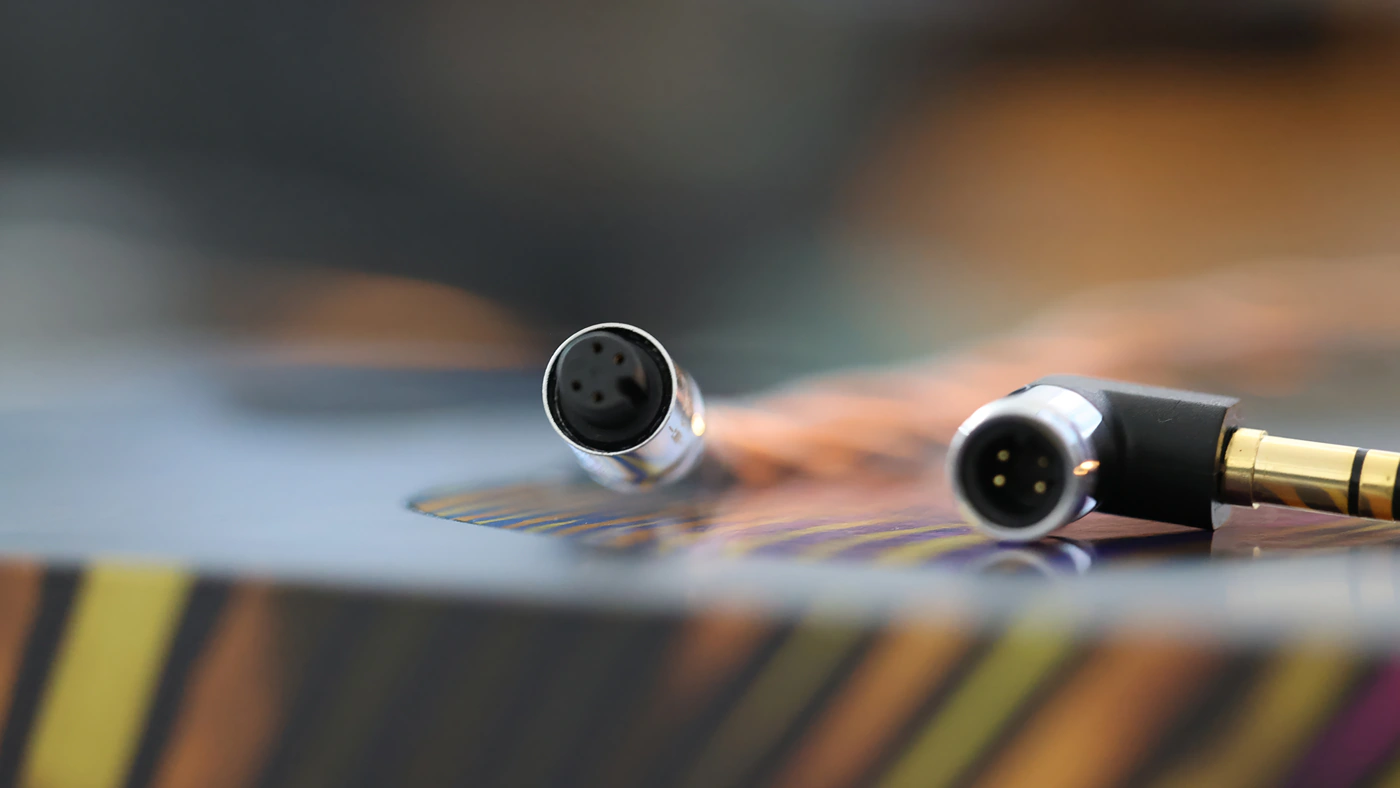
The dynamic driver naturally takes care of the bass and the low-end, with the driver currently being designed for enhanced sub bass and bass extension, and for having a stronger texture. This is accompanied by the balanced armatures, which basically take care of the midrange, being a nice pair of drivers. The 6mm Planar driver takes care of the treble, and the air in the sound, with the aim being for Aurora to have a fairly flat and well extended extension.
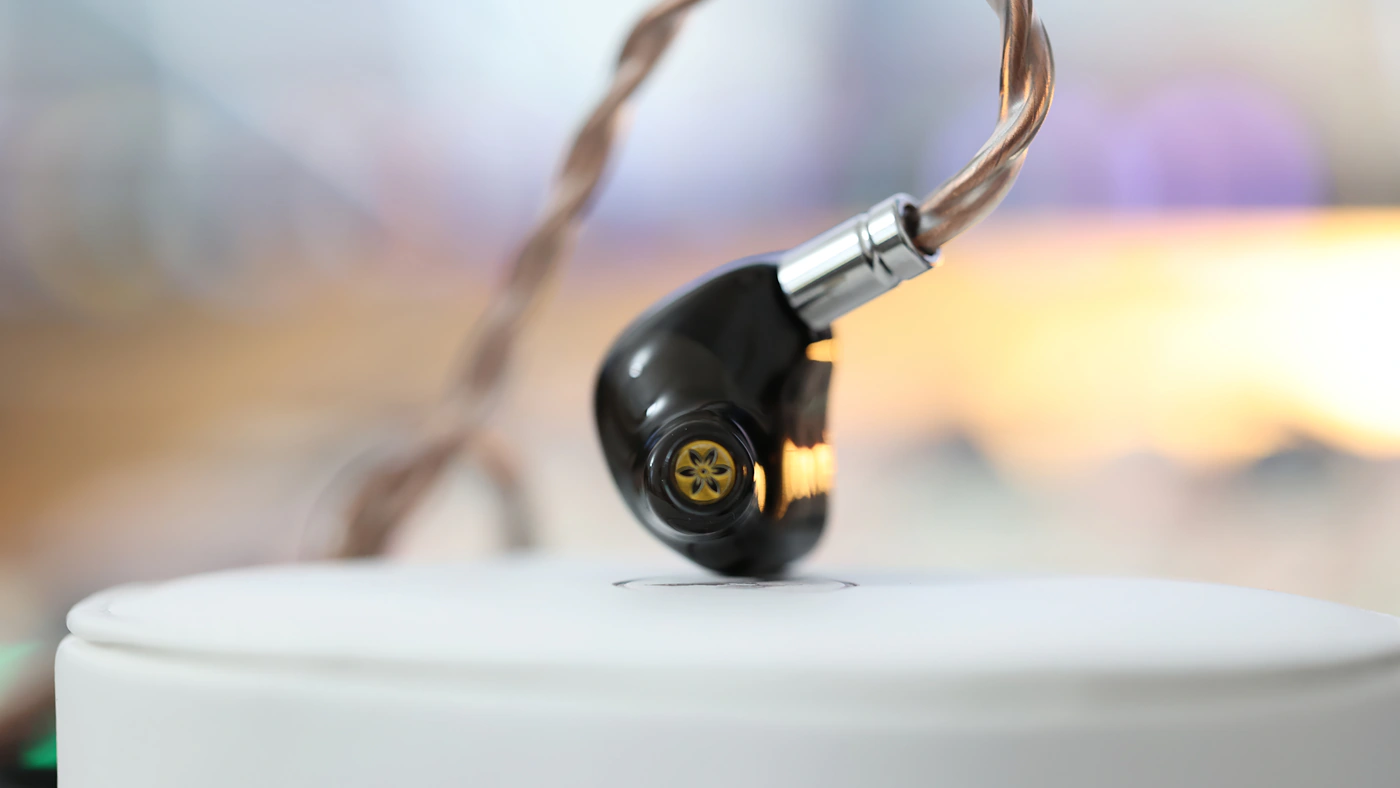
The driver crossover has a three-way passive design, and the cable of the Aurora is detachable, custom made, with single-crystal copper material in the build, and 0.78mm 2-Pin connectors. The whole IEM shell is heavy, large, and it is borderline for what I can fit inside of my ears. The cable has a flexible but fairly tight coiling which hinders the comfort slightly, as it does not follow my ears, and the coil is a bit too loose to keep the IEMs in my ears, but in the end I get a good comfort, as the cable is quite heavy, the Y split is heavy, and it basically rests on my ears, pulling the IEMS deeper inside of my ears.
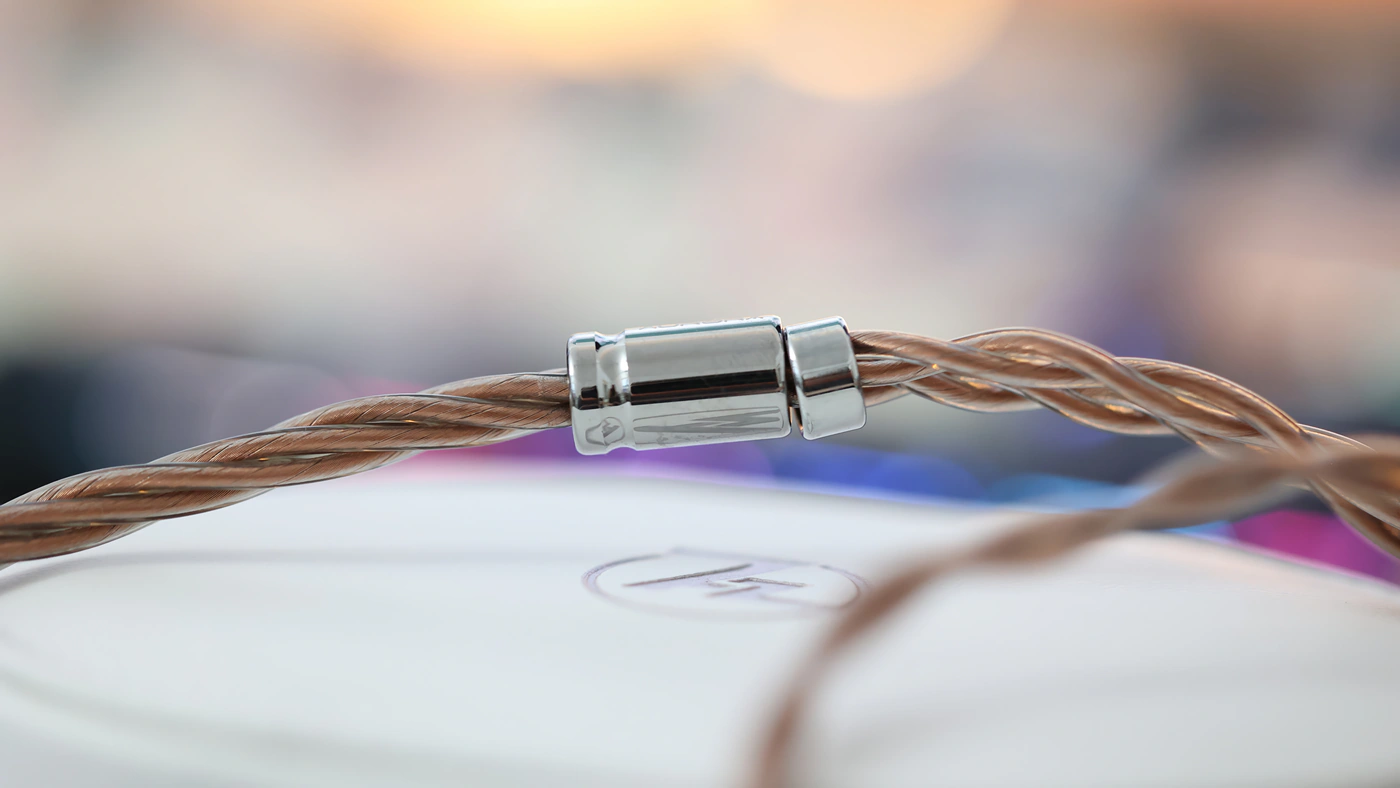
The cable body is also thick, with a thick and sturdy braiding, it does conduct rumble as a microphonic noise, and it is both slightly springy and tangle-porone, but having modular connectors means that it is one of the better cables in the price range. The passive noise isolation is downright good, around 20 db to 25 dB of passive noise isolation, and even with quiet music playing I can’t hear voices around me, or the sound of me typing this review.
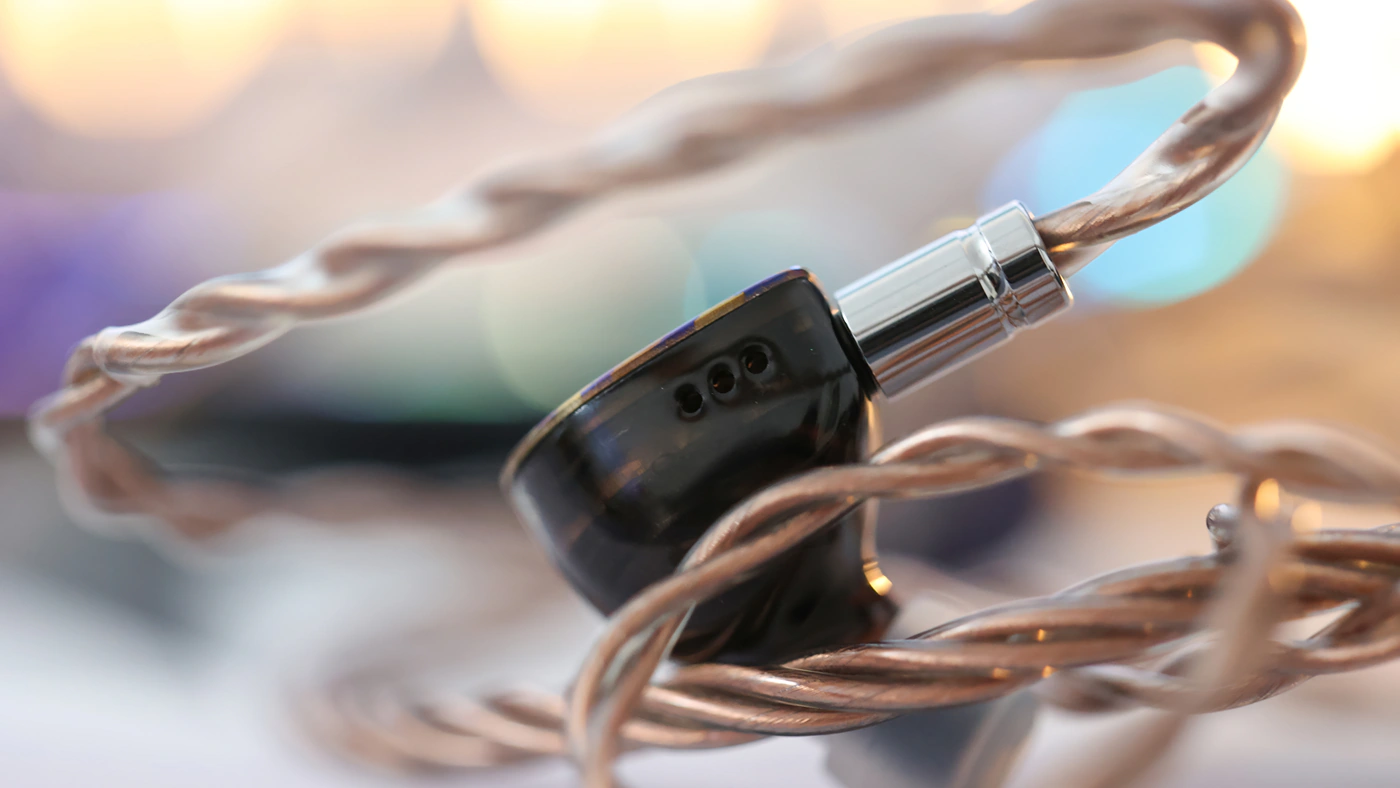
There is no driver flex, but Aurora produces sound easily, with no hissing and not a lot of sensitivity to the source. This being said, it is an IEM sensitive to the source and will easily reveal source quality, resolution as well as distortion. It takes a bit of power and can be brought loud with no distortion, feature of which I took advantage of quite a bit while enjoying them.
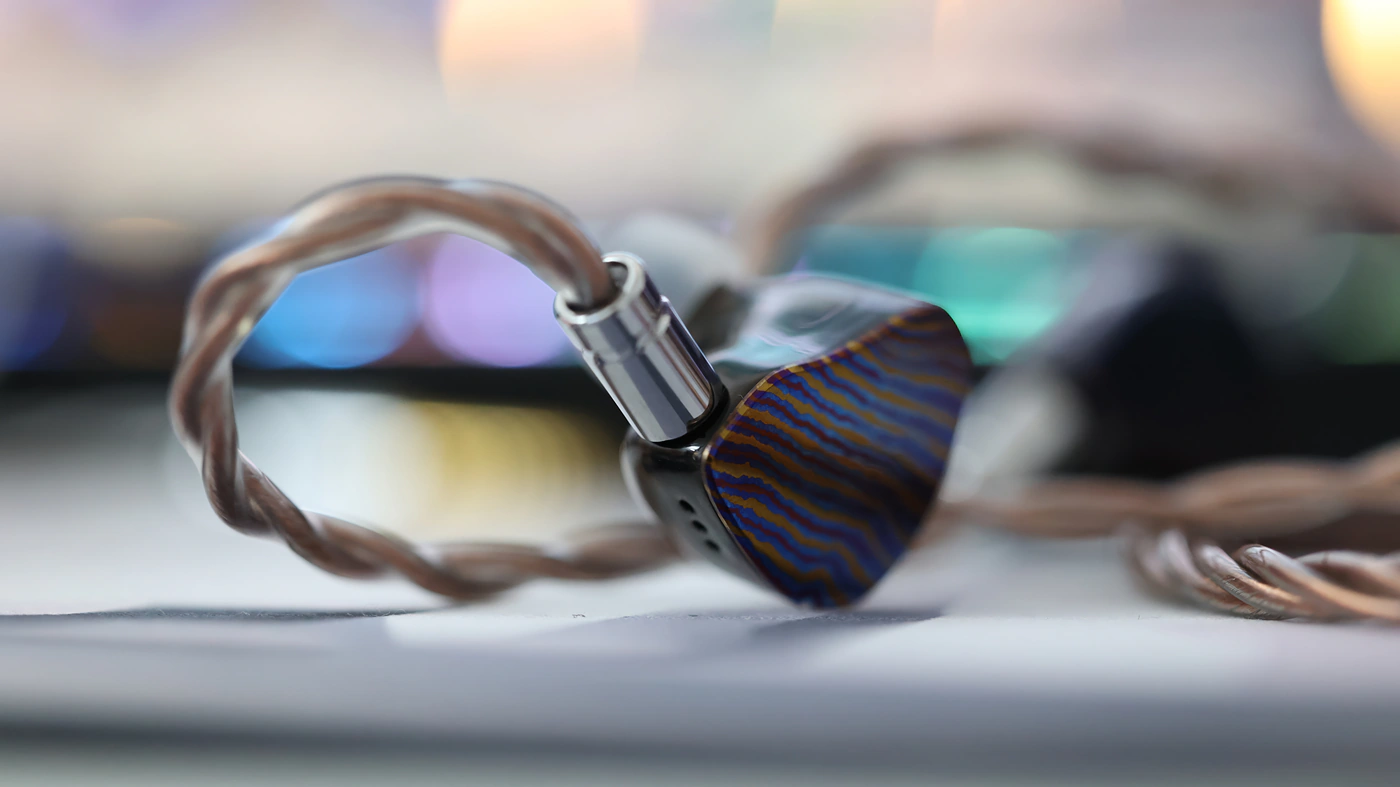
To drive the Aurora I have used a selection of sources including HIFIMAN Goldenwave Sereande, iBasso DX260, Hiby r4, Creative Sound Blaster x5, Aune Yuki, Dethonray Listening M1, and FiiO Q15. All of those sources can drive Aurora just fine, but when testing them with iBasso D16 Taipan, the resolution and clarity was immediately apparent. With Serenade, the punchy dynamics are evident, while DX260 is a very good all-rounder with a full and fun experience. Given that Aurora sounds V-Shaped towards balanced, I would recommend a bassier, deeper sounding source.
Sound Quality
Overall Signature – this is the first time I have noticed a somewhat large difference with burn-in with an IEM, and Aurora seems to have changed, not necessarily over a long period of time, but quite a lot over the first 2-3 hours of listening, going from sounding rather flat and neutral, to actually becoming more similar to how 7Hz and Linsoul describe them, punchy, dynamic, with around 10-12 dB of bass above the midrange, and about 10-12 dB of treble above the midrange, so a pretty usual V-Shaped or U-Shaped sound. The one word that would properly and aptly describe the sound of the Aurora is resolution, this is one IEM that will show every bit of detail and resolution you have available in your music.
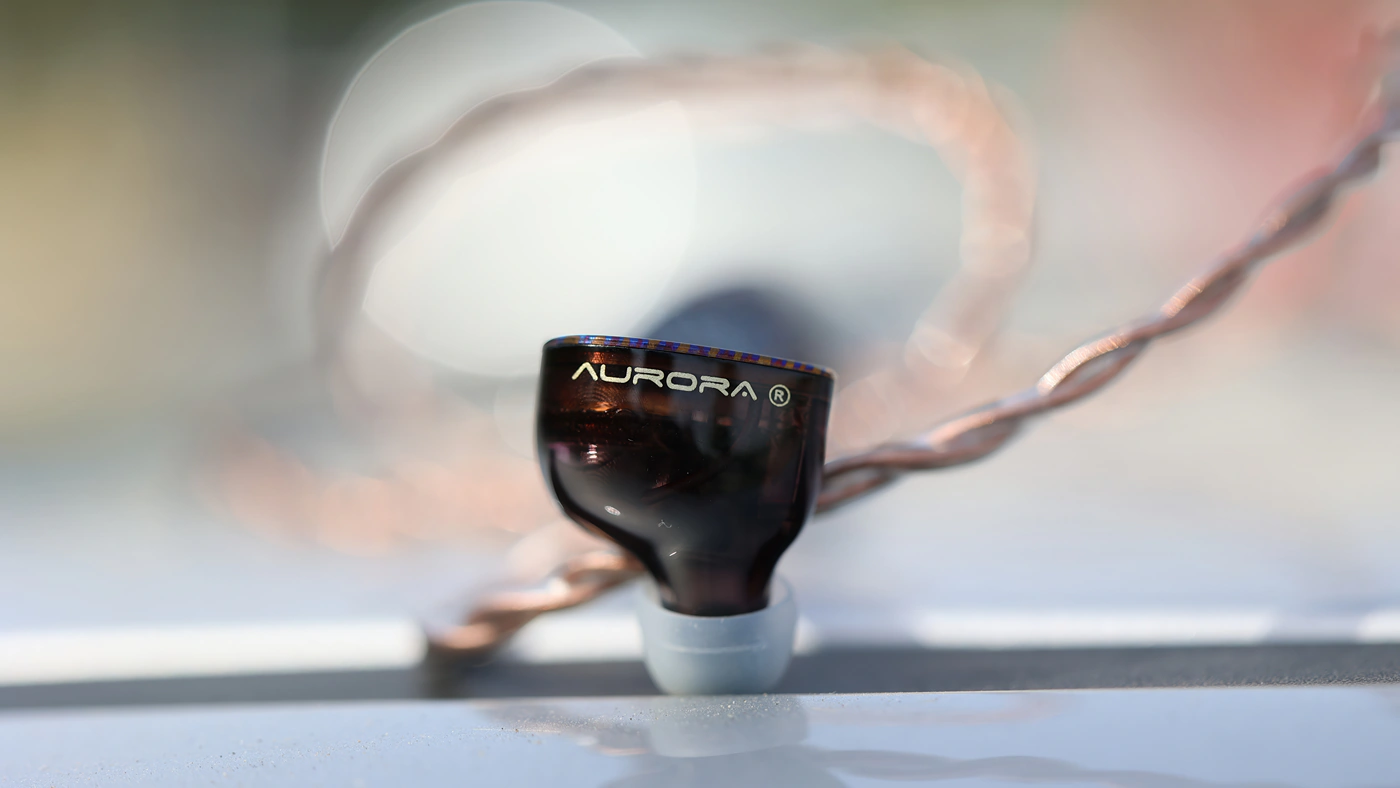
Bass – If you’re looking for a punchy, but natural in speed bass, Aurora can deliver all of that, being fast enough for technical metal and rock, but large and sloppy enough for jazz, pop and EDM. The bass at first sounded light and too linear, but after a good few hours of play, it became much larger, sloppier, and more voluptuous as well. There is a tendency in the sound of the Aurora to bring the voices forward, but allow background instruments, bass and the treble to expand greatly in width and depth, which gives sound both a forward in the mids presentation, but also a wide soundstage with the right tracks. My best guess here is that the balanced armature drivers are pushed rather forward and don’t have access to a sound chamber, which also results in that super high resolution and clarity they have.
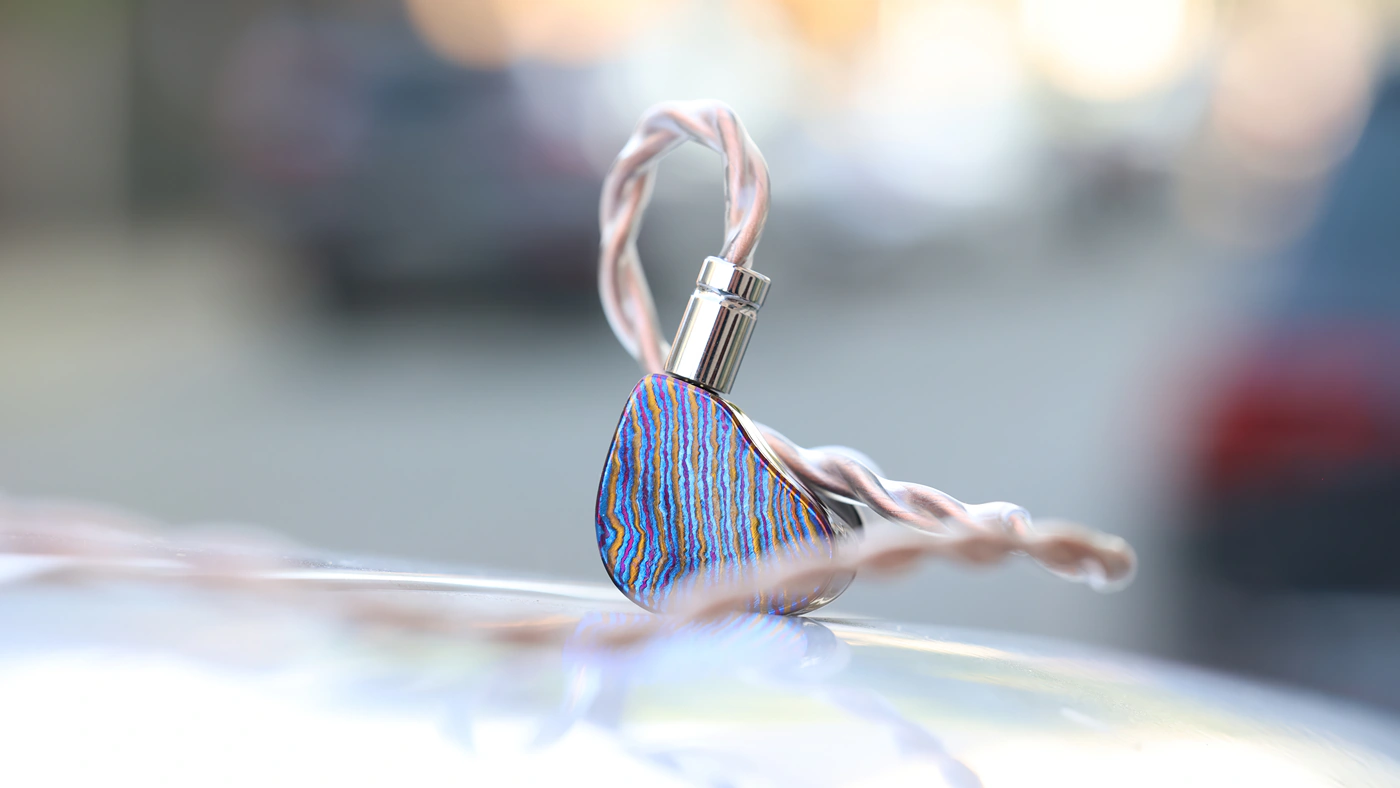
Midrange – Voices are always forward with Aurora, but the instruments presented by the balanced armatures are also forward, and extremely detailed. This compresses the dynamic range a bit, but also creates a resolution that will show even the tiniest micro details in the same fashion a flagship from a few years ago would do, reminding me a lot of how Clear Tune Monitors Da Vinci X handled details and especially micro details / textures. Both male and female voices stand on equal footing, while guitars are sweet, forward and musical. I am surprised by how well Aurora handles tracks with multiple layers of instruments, even if it is the same instrument layered multiple times over, with Wintersun being a great example of multiple guitars layered in a similar tune and range.
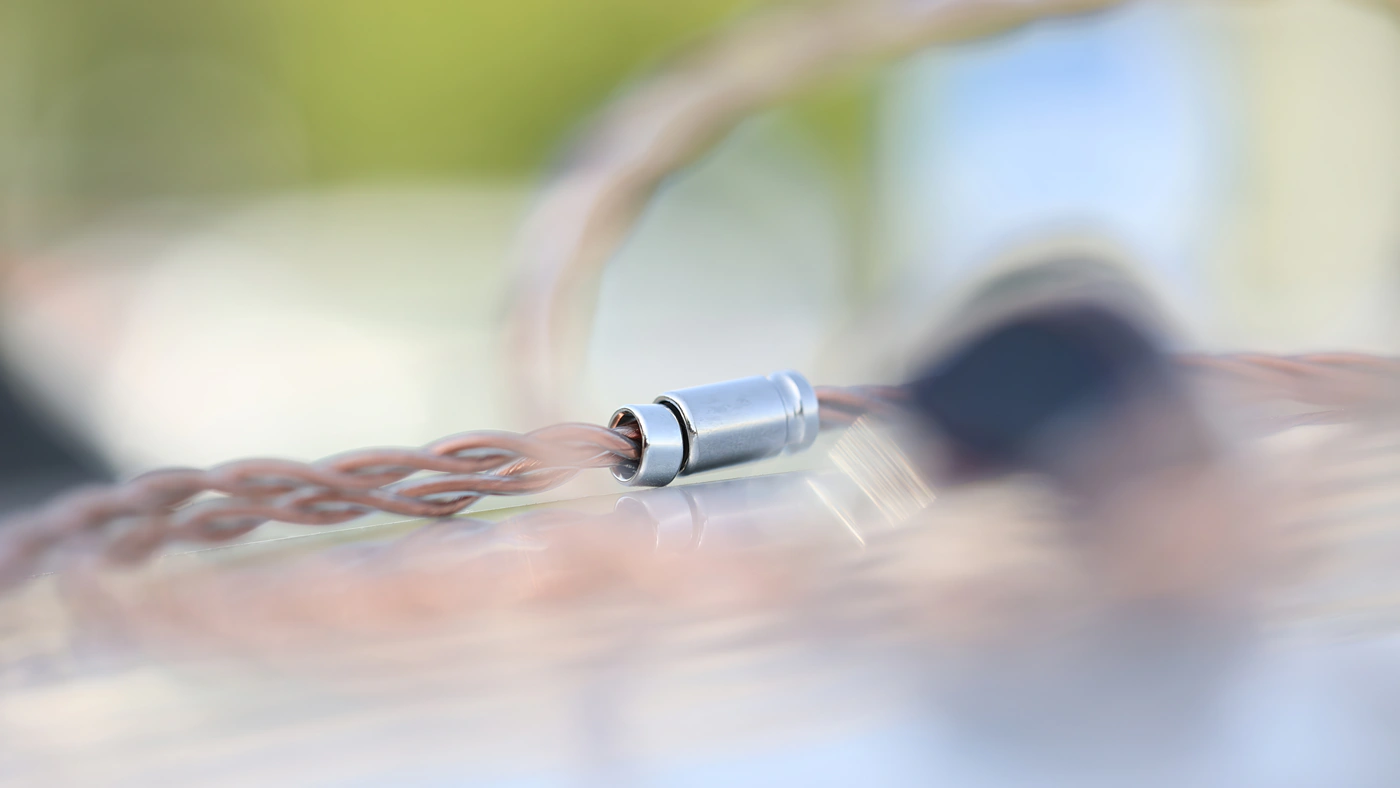
Dynamics / PRaT / Textures – The sound is punchy and engaging, but the dynamic range is slightly compressed by the way the drivers handle the sound, this brings forward the background instruments, creating a fairly small soundstage in the midrange, but allowing you to hear and analyze up close absolutely everything. Textures are presented with a focus on revealing everything, and if you don’t hear it, the song didn’t have it. I experienced this with a few songs, from bands that didn’t have a good studio setup, and I can hear where the cutoff in the frequency of their synths happens, while those who recorded analogic pianos and violins, for example, sound much more extended and more natural in the textures. If there is a texture you will hear it, both good and bad, and the quality of the source and recording will influence your experience a lot here.
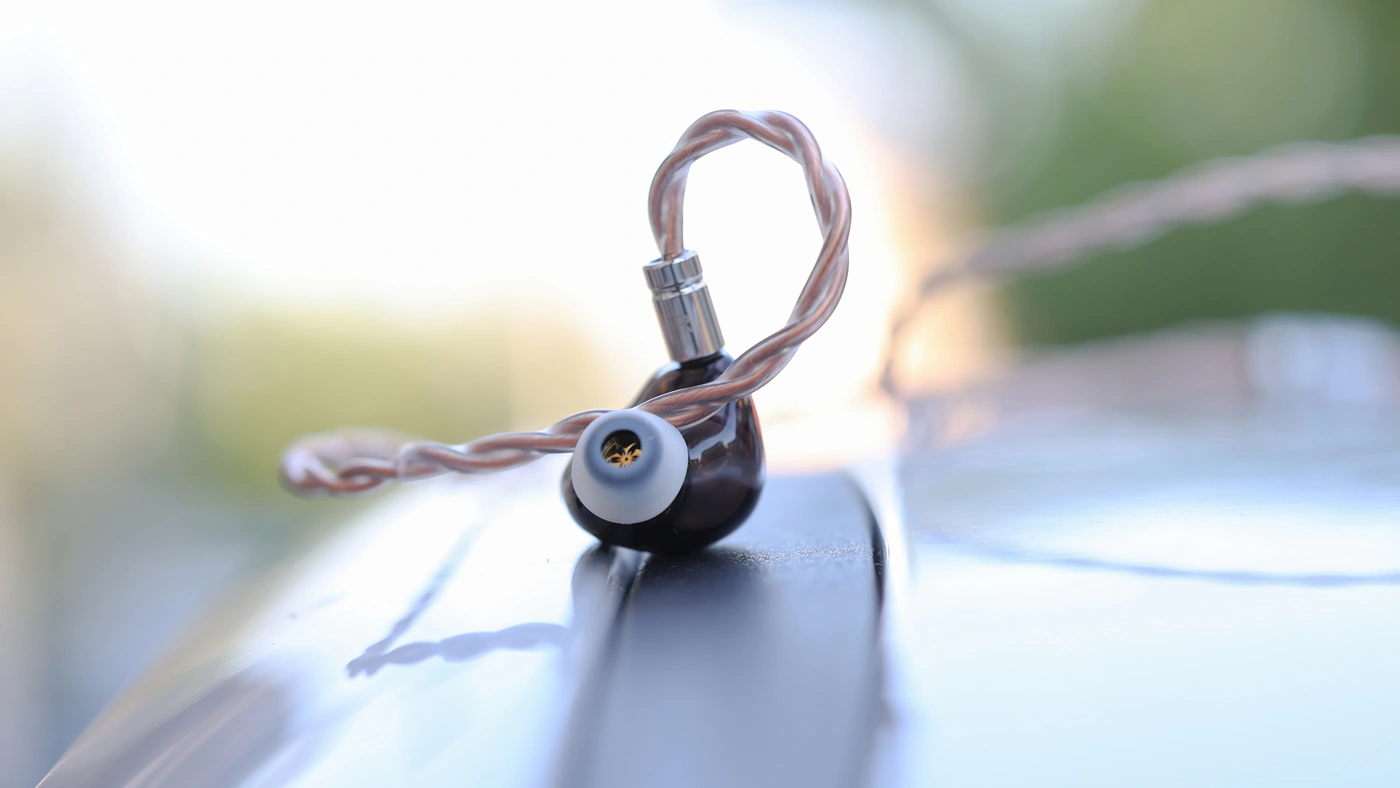
Volume Control – With a few hours of listening, the sound coming from Aurora became more natural and volume control much better. This being said, the sound stays distortion free, even at the loudest of volumes, but having multiple drivers inside, the character of each scales differently with volume. At lower volumes, the soundstage is more even, wider and more holographic, while at higher volumes, the sound gets compressed, most music comes from the front of the listener, although bass and treble still will be wide and large.
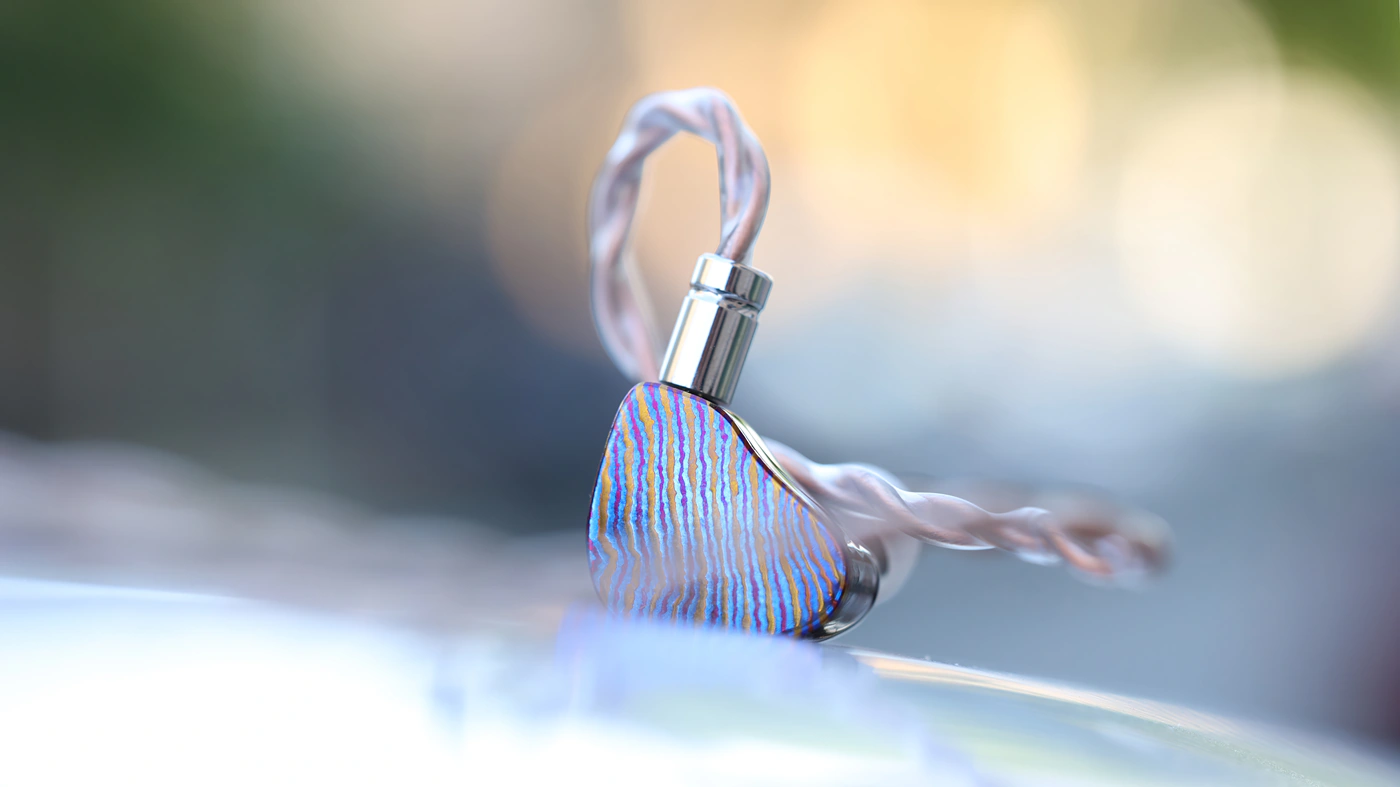
Soundstage – If you want space with Aurora, you better let them play at medium and quiet volumes, where the sound is the widest, most holographic, yet the instrument separation and stereo imaging are pristine at all volumes. The higher you pump the volume, the more aggressive and cleaner it becomes, but this pinches the stage, especially in the depth layer, bringing the background and the foreground instruments really close together.
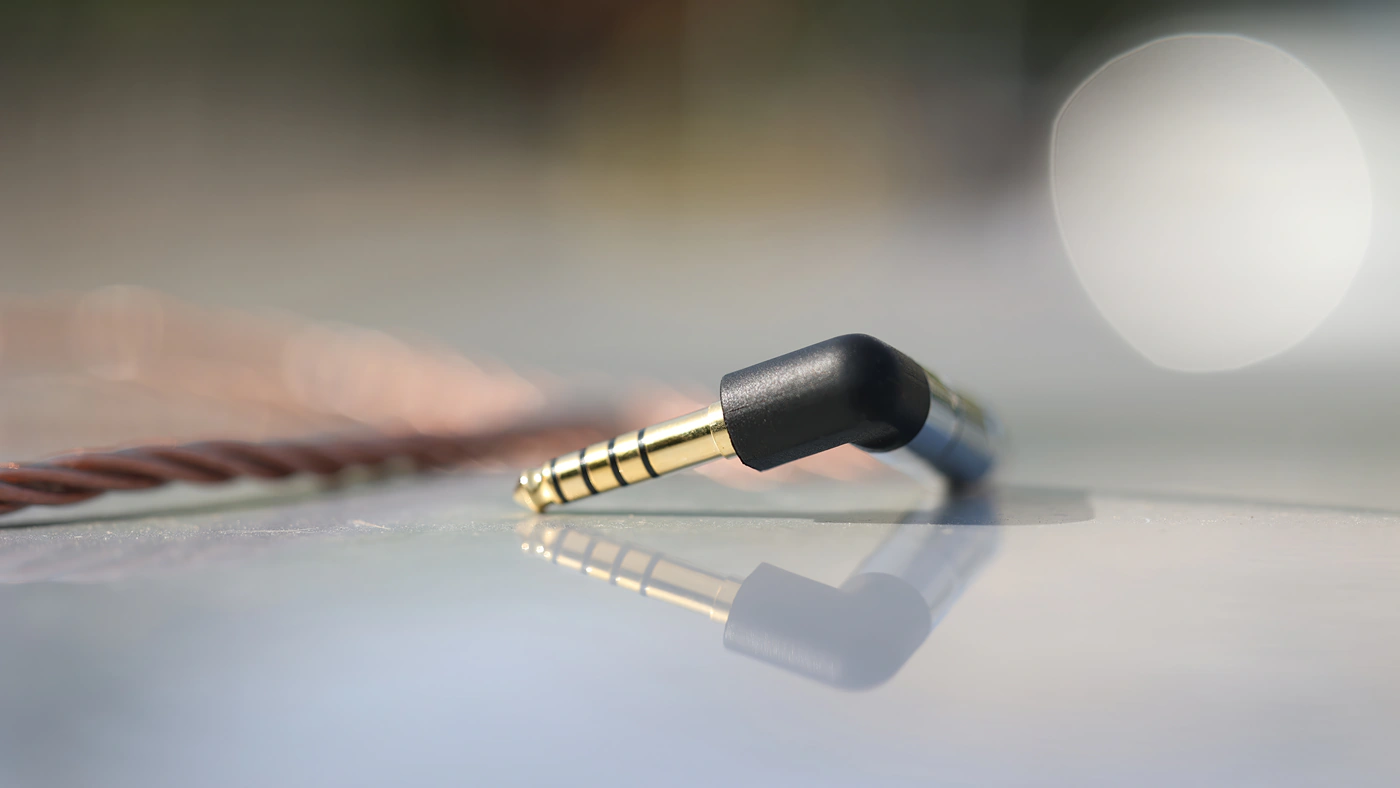
Treble – The sparkle and air of Aurora is what surprised me the most in their sound, as most of the other aspects were to be expected knowing Linsoul and 7Hz, but we now have a proper high-end, flagship-level treble, it actually extends up to 20 kHz rather easily. The surprising part is that this extension is not forced on any track, if the track has information in the range, Aurora will play it, while if it doesn’t have anything, Aurora will show it crushed, and rolled off, as the song would have it. You can expect a distortion-free, sharp, brilliant and airy treble with excellent energy, and boundless extension.
Comparisons
7Hz Aurora vs Campfire Cascara (399 USD vs 499 USD)
Build – The shells of Cascara are lighter, not necessarily smaller, but made of resin instead of metal, so Cascara ends up feeling quite a bit more comfortable in my ears. Both IEMs come with a nice cable, but the cable of Aurora is thicker, more sturdy, but heavier too. There is no driver flex with either IEM, both are plenty comfy for long-term usage, and both look really nice in person. Cascara is more sensitive to source noise, by a small margin, and it tends to be less sensitive to source quality slightly, while Aurora relies on the source to have a matching resolution and clarity and power them properly.
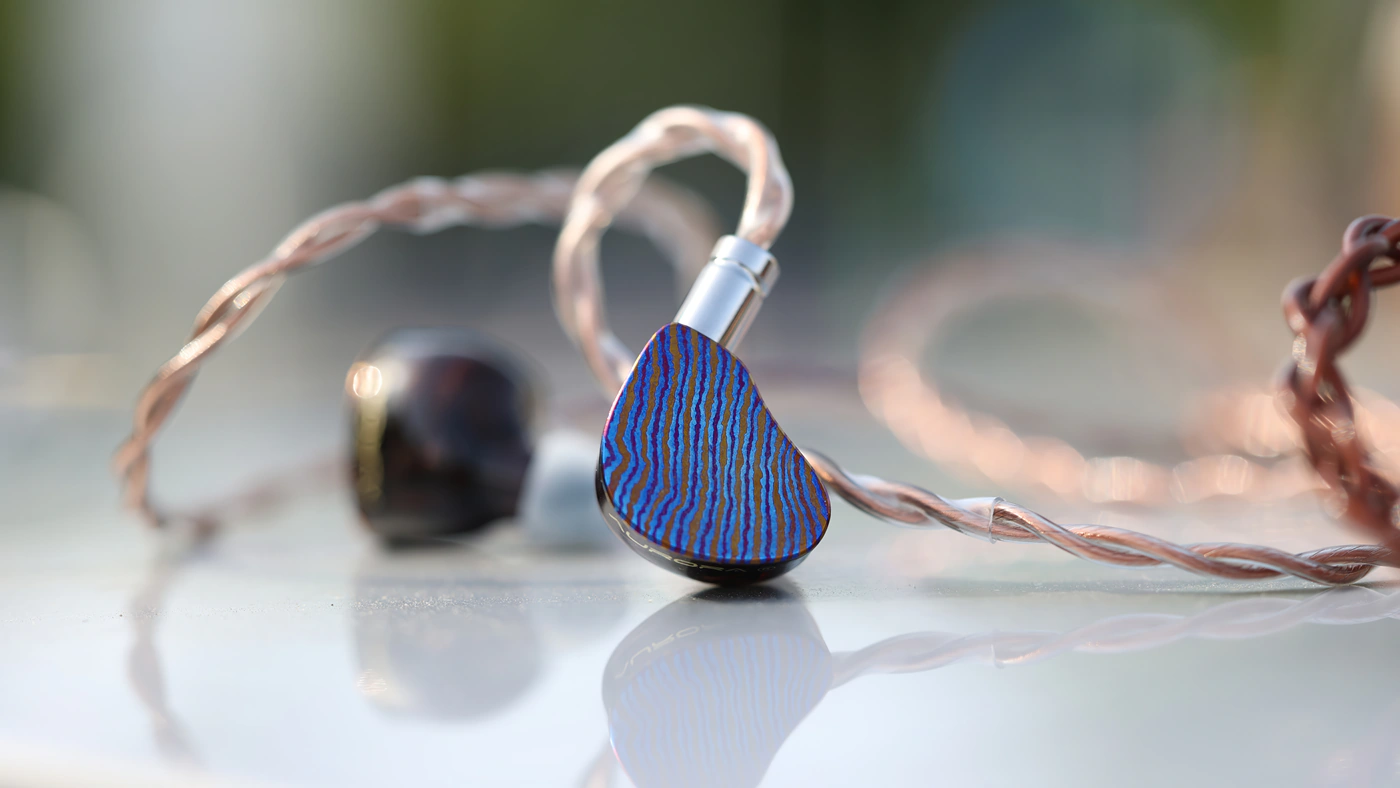
Sound – Sonically, Aurora has a higher resolution but much less body and warmth compared to Cascara, which is a bass cannon and a bass king. Aurora has a mild quantity of bass at best, and those 10 dB of theoretical bass above the midrange are barely enough for someone who really indulges in wealths of low-end extension. This being said, the midrange of Cascara is warmer, more lush, while Aurora has a sharper, better defined, but also more prone to show problems with the recording midrange. Aurora has a sharper treble, although both IEMs have a rolloff in the higher treble, Aurora recovers and creates the feeling of air more.
7Hz Aurora vs Westone Mach 40 (399 USD vs 600 USD)
Build – Mach 40 offers more passive noise isolation, and it feels much lighter and smaller in person than the Aurora, but Aurora feels sturdier and more reliable too. There’s a good amount of difference in comfort, Westone will be great if you generally can fit deep-insertion IEMS, while Aurora has a large and heavy shell, but the angle and length of the bore / sonic tube that actually goes into your ear, is actually comfortable and ergonomic. The tips included with Aurora are more traditional, while with westone you typically use foamies and other exotic IEMs. Mach 40 is more sensitive to source noise, while Aurora is sensitive to source quality.
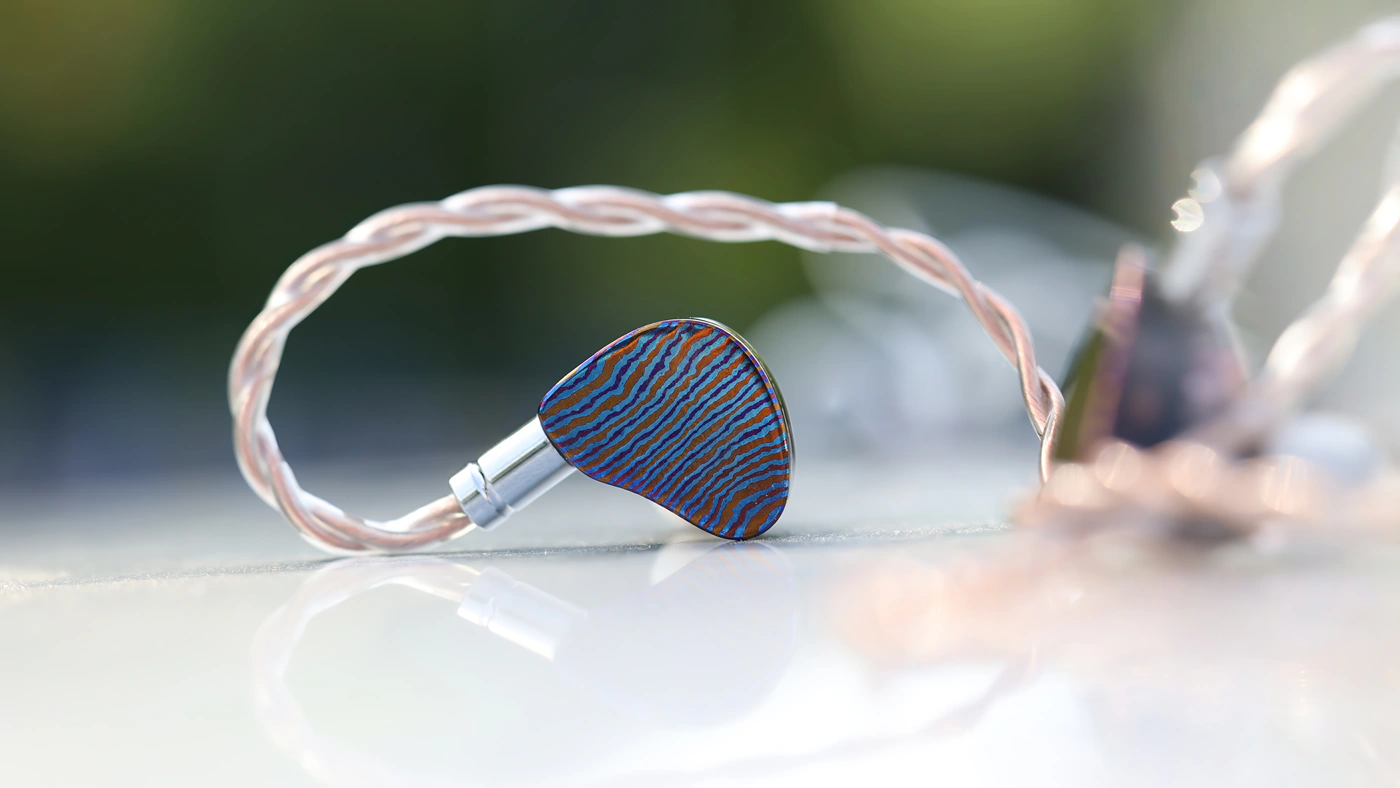
Sound – Sonically, Westone MACH 40 can be defined by its dryness, it is a really precise, but dry, textured sound which brings forward all the micro information in music, limited a bit in dynamics and bass, while Aurora sounds smoother, the three drivers combine a bit better than the all-ba design of Mach 40. Aurora sounds more defined, instruments have a better separation, and a much more natural midrange, which is pushed forward and sounds cuppy on Mach 40 in comparison. The treble extension of Aurora is far better, it can show air and sparkle where I don’t notice it exists with most IEMs. Rock and metal, and music in general sounds juicier as presented by Aurora, although it is also higher in resolution and sharper.
7Hz Aurora vs HIDIZS MS5 (399 USD vs 399 USD)
Build – MS5 also has a larger shell, metallic and heavy, but Aurora is larger, and heavier still. The cable of Aurora is of a much higher quality, but the cable of MS5 is a bit lighter. Both IEMs have a similar degree of passive noise isolation, and while Aurora feels bigger in my ears, they have a similar comfort in the end. MS5 is less sensitive to source quality or to source noise than Aurora.
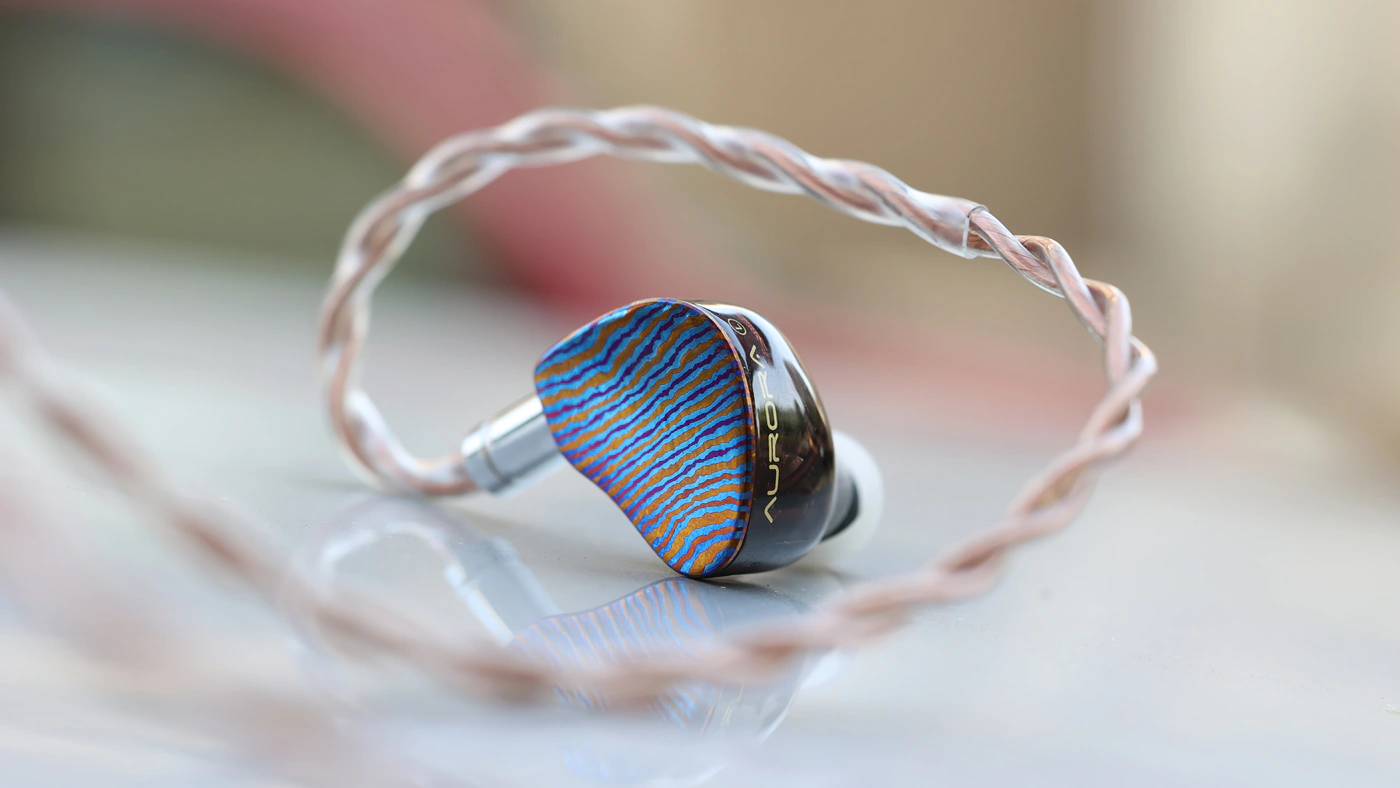
Sound – MS5 follows that HT-2019 curve, which is always easy to recognize, while Aurora has its own tuning, which while slightly similar, is more of a U-Shaped / V-Shaped sound. The three drivers in the Aurora are left to wander slightly more loose, and they each have their strengths shown better. The maximum resolution of Aurora is higher, it shows more detail in music, but also sounds more dynamic, more punchy and more musical in general. The sound of MS5 is heavier and a bit less sharp, which for better or for worse means it is less fatiguing with sharper and bright recordings too.
Value and Conclusion
It is a traditional statement that 7Hz offers excellent value, as they try to have a resolution and clarity better than the market for the same price point, but this time, Aurora is a unique IEM, it offers what I can consider the highest resolution I’ve heard up to 700 USD, and one of the most revealing tunings with outstanding dynamics, and one of the lowest distortions too, despite the multiple driver tech implemented in the IEM.
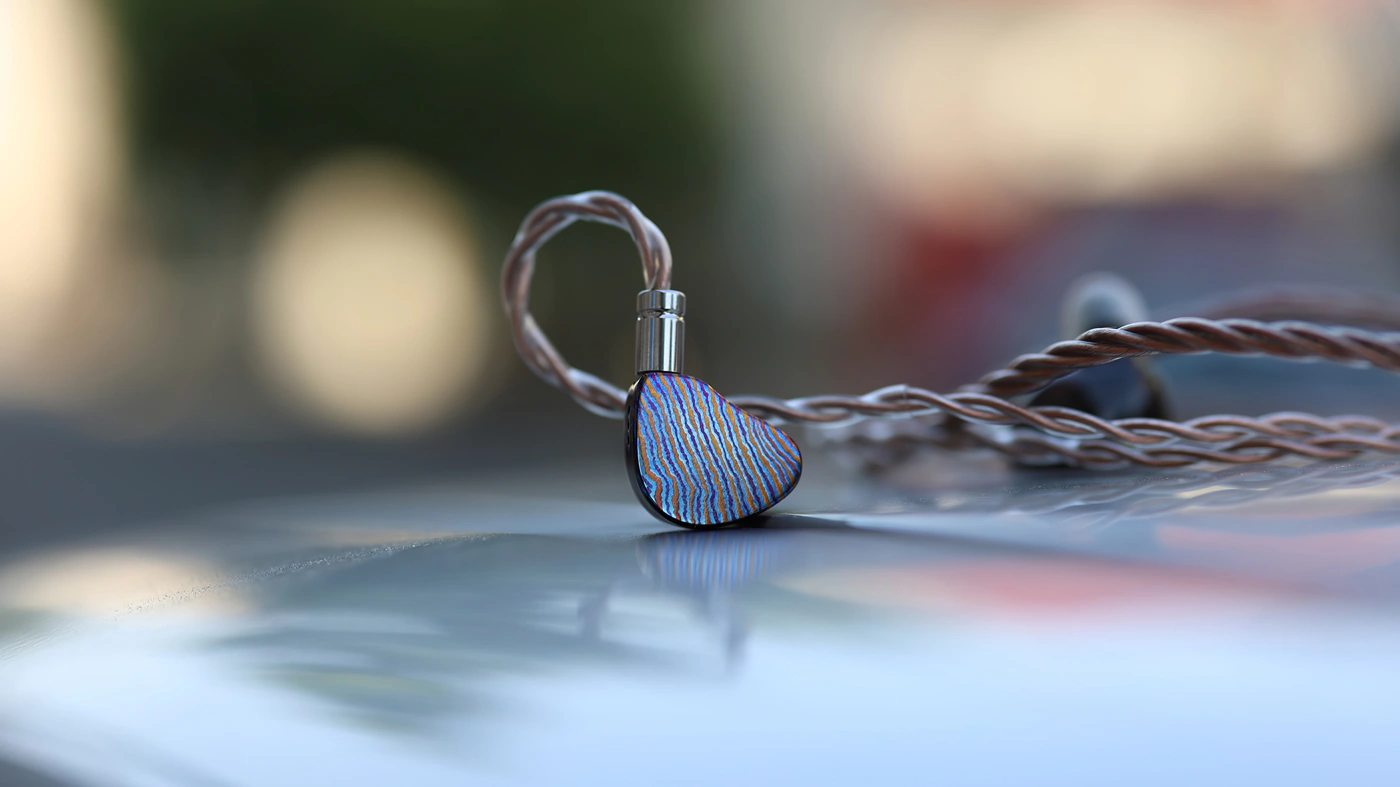
At the end of the day, if you’re looking for a simply marvelous sounding IEM with excellent technical abilities, if you can do with a larger IEM shell, and if you like a heavier, sturdier build and cable, and the colorful shells, plus if you want to hear absolutely everything as never before, 7Hz Aurora is a fully recommended purchase and an IEM I personally like quite a lot, especially with rock, metal and technically proud music.
Product Link
You can grab one here – https://amzn.to/3xBUNbB
--- Please remember to stay safe, and always have fun while listening to music!---
- If you have a dime to spare, please donate, and help us! It would make the day brighter for me and my wife-
Full Playlist used for this review
We listened to more songs than those named in this playlist, but those are excellent for identifying a sonic signature. I recommend trying most of the songs from this playlist, especially if you’re searching for new music! The playlists are different for Spotify, Tidal and Youtube, and based on the songs I enjoy and are available on each!
https://www.youtube.com/playlist?list=PL_cjBXGmwSHSdGcwuc_bKbBDGHL4QvYBu
https://open.spotify.com/playlist/5J3oloz8Riy9LxEGenOjQ0?si=979ba4f082414be7
https://tidal.com/browse/playlist/330fd544-8e5b-4839-bd35-676b2edbb3d5
--- Contact Us ---






Hi! In terms of soundtage, dynamics, tonality…Its better Ms5 or Aurora?
Aurra has a wider soundstage, MS5 sounds a bit deeper. Dynamics and textures are emphasized on Aurora, sounding distinctively more evident, while Ms5 sounds more traditional, more normal compared to a real life experience. Tonality is a tie, I like both. Ms5 follows a normal curve and sounds very natural to the ear, while Aurora sounds more detailed, it simply shows more information in music.